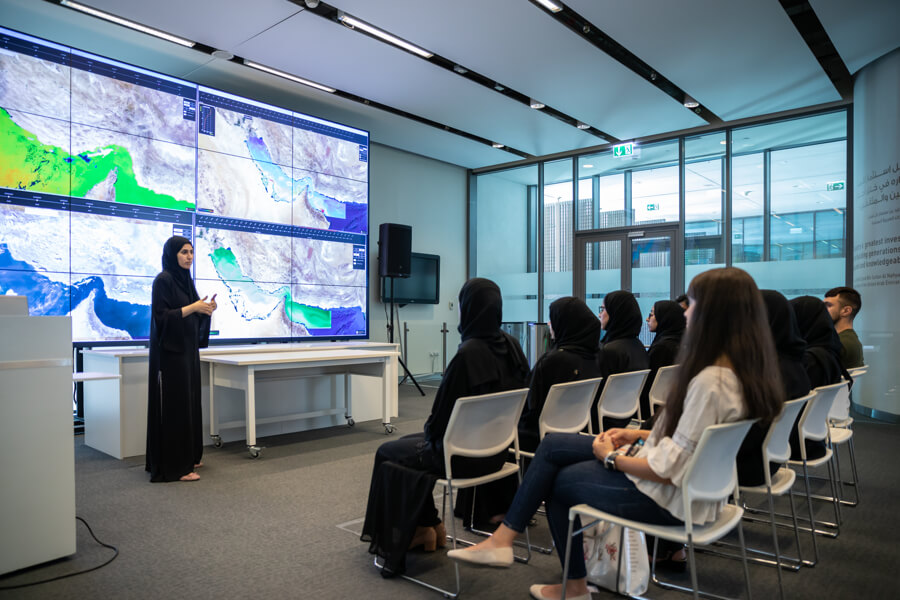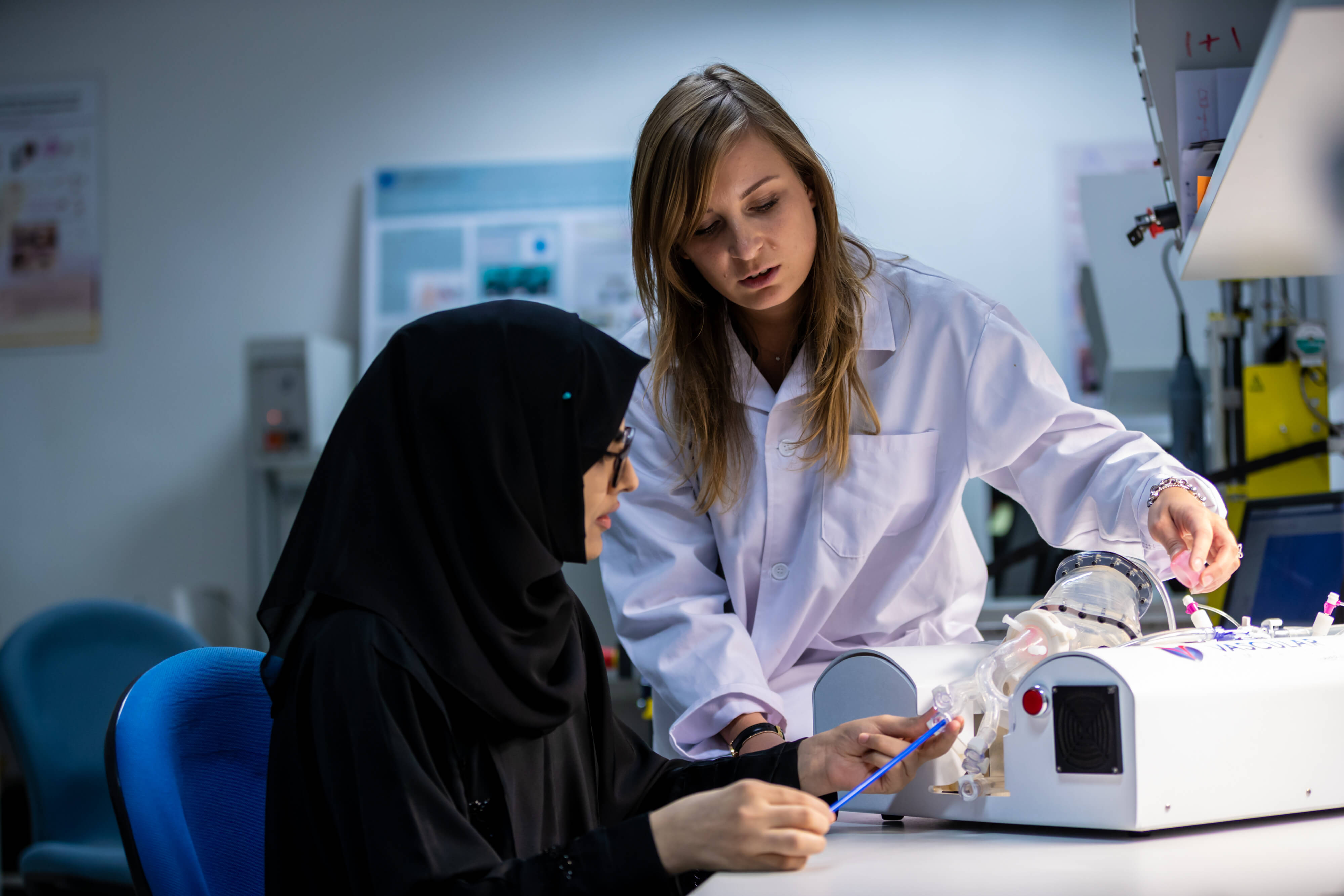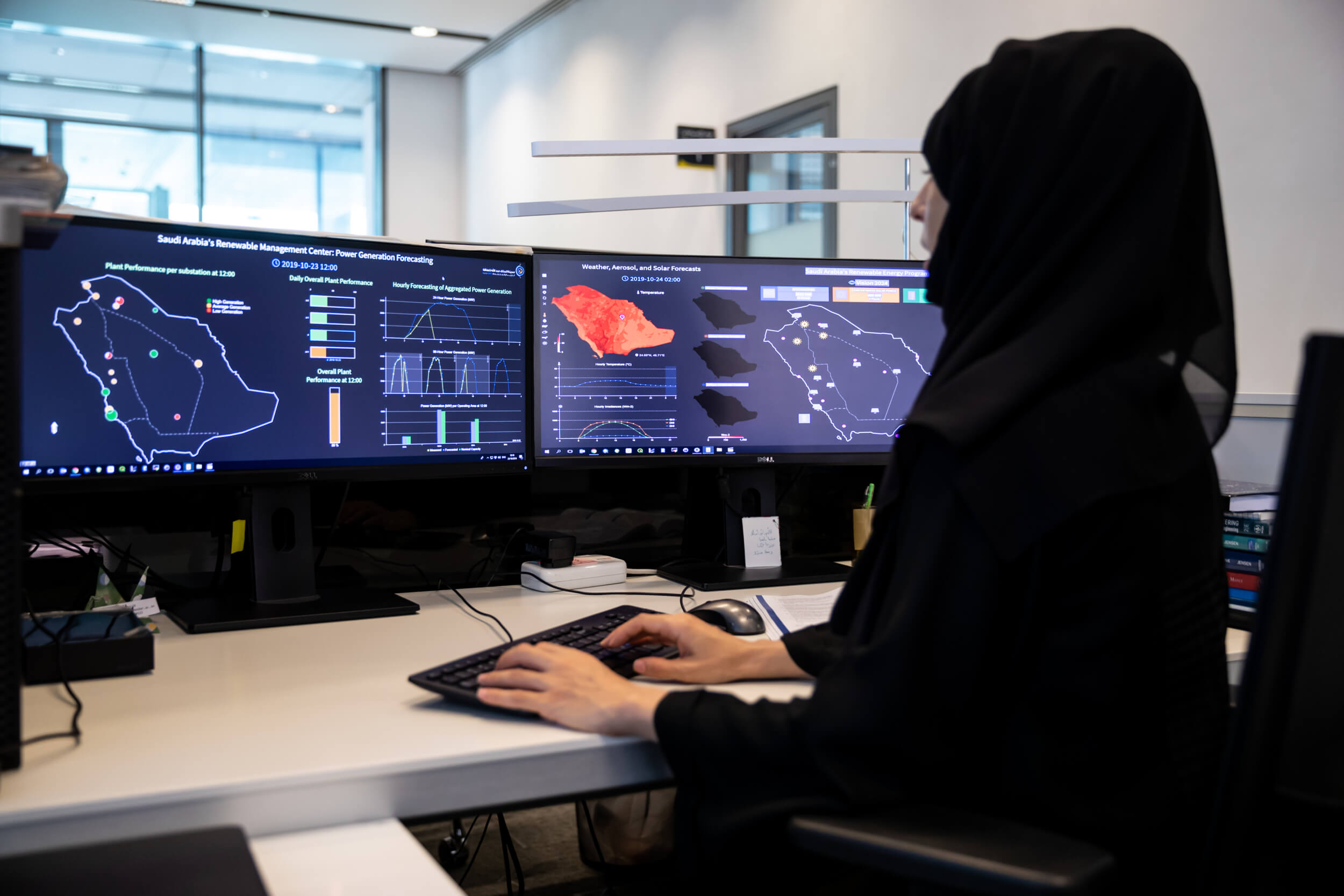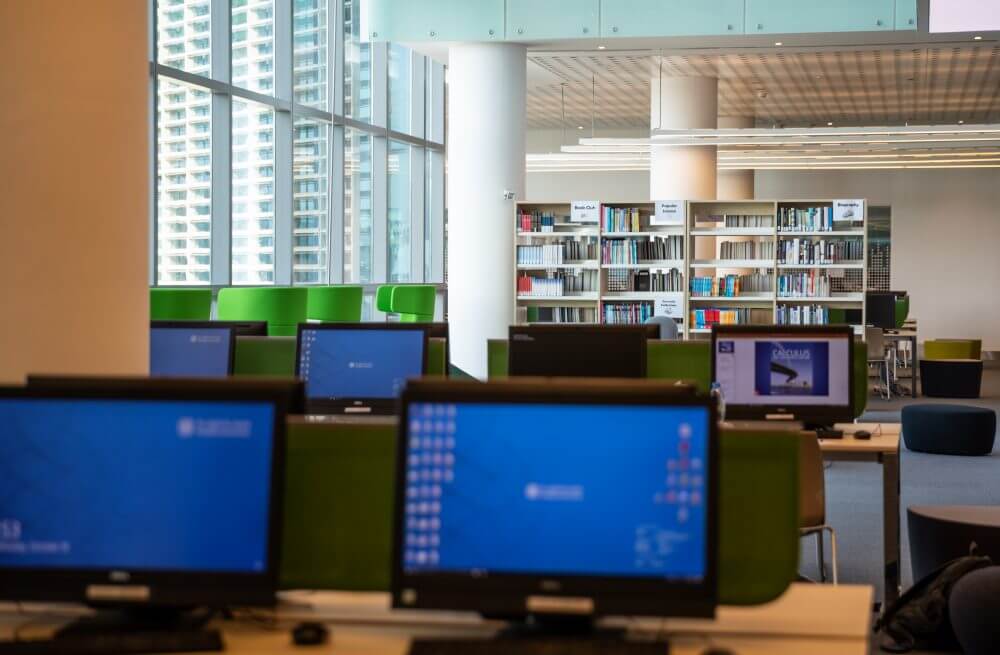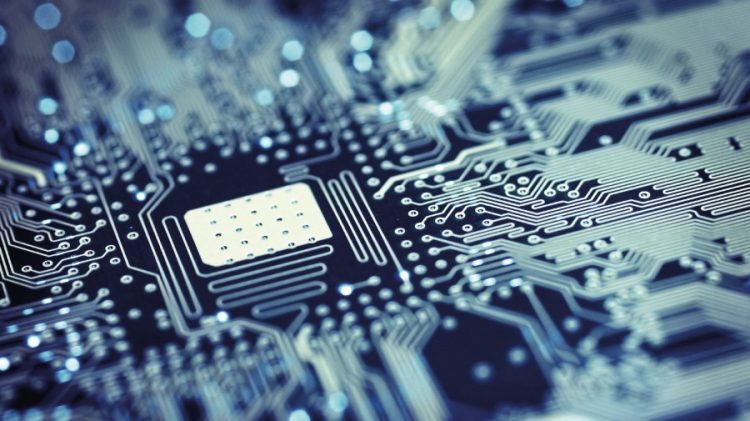
For the next generation of memory to be able to keep up with the inevitable demand of new devices like the iPad, a new marriage between nanotechnology and memory devices will be vital.
These super hand-held computing devices will require an inordinate amount of memory, which will need to be compact, energy efficient and fast. And so across industry and academia, the race is on to develop the next generation of device memory technology.
One area that has attracted a good amount of interest is nanomemory technology. Nanomemory devices use nanoparticles and nanowires to create dense memory that is comparable or better than current memory technology in terms of functionality, while also using less energy and being faster and more flexible.
Researchers at the Masdar Institute are looking at both nanowires and nanoparticles. The nanowire memory research is based on thin – about 10 nanometres, or one-hundred-thousandth of a millimetre – layers of silicon (Si). The Si nanowire memory can operate at very low voltages, while retaining its charge for a very long time.
With the proper engineering, charge carriers (electrons) can be stored in the nanowire as a “1” state and then be removed as a “0” state.
They can also be stacked closely together to create very dense memory.
This area of nanomemory research is especially attractive because it is compatible with the silicon-based chips used in today’s smart devices.
In addition, Masdar Institute, in collaboration with Turkey’s Bilkent University and UNAM nanotechnology facility, is currently researching a nanoparticle-based charge trapping memory device.
Nanoparticles around 5nm across and consisting of silicon, germanium, gold, hafnium and platinum are made and embedded into the memory layer.
These particles reduce the operating voltage of the memory and allow it to store more in a chip the same size.
The nanoparticles act as tiny storage bins in which electrons can be trapped (“1 state”) and then removed (“0 state).
Our team, along with our collaborators in Turkey, recently submitted a paper demonstrating the use of the nano-particles in a zinc oxide flexible memory device that can be used in low power electronics, based on what may be the first demonstration of its kind.
In order to better demonstrate the abilities, challenges and potential solutions to using these nano-structures in memory devices, we have also developed very advanced physics-based simulation software that can simulate the theories and concepts our research is developing.
This can help make our research more commercially useful by ensuring that all potential limitations are measured and accounted for.
With this project and others at Masdar Institute, we hope to be part of what is the early wave of global nanotechnology memory innovations.
This area of research will help Abu Dhabi develop intellectual property and human capital in a market that is known to be worth billions of dollars internationally – device memory – as well as the semiconductor industry in general.
Projects like these that result in unique devices and methods could also one day spin off into start-up companies like those that have made Silicon Valley what it is for the US economy.
Abu Dhabi currently has a good chance to position itself as a leader in memory in terms of research and development and projects like ours can help contribute to this potential local high-value industry.
Dr. Ammar Nayfeh is an assistant professor of microsystems at the Masdar Institute of Science and Technology.


